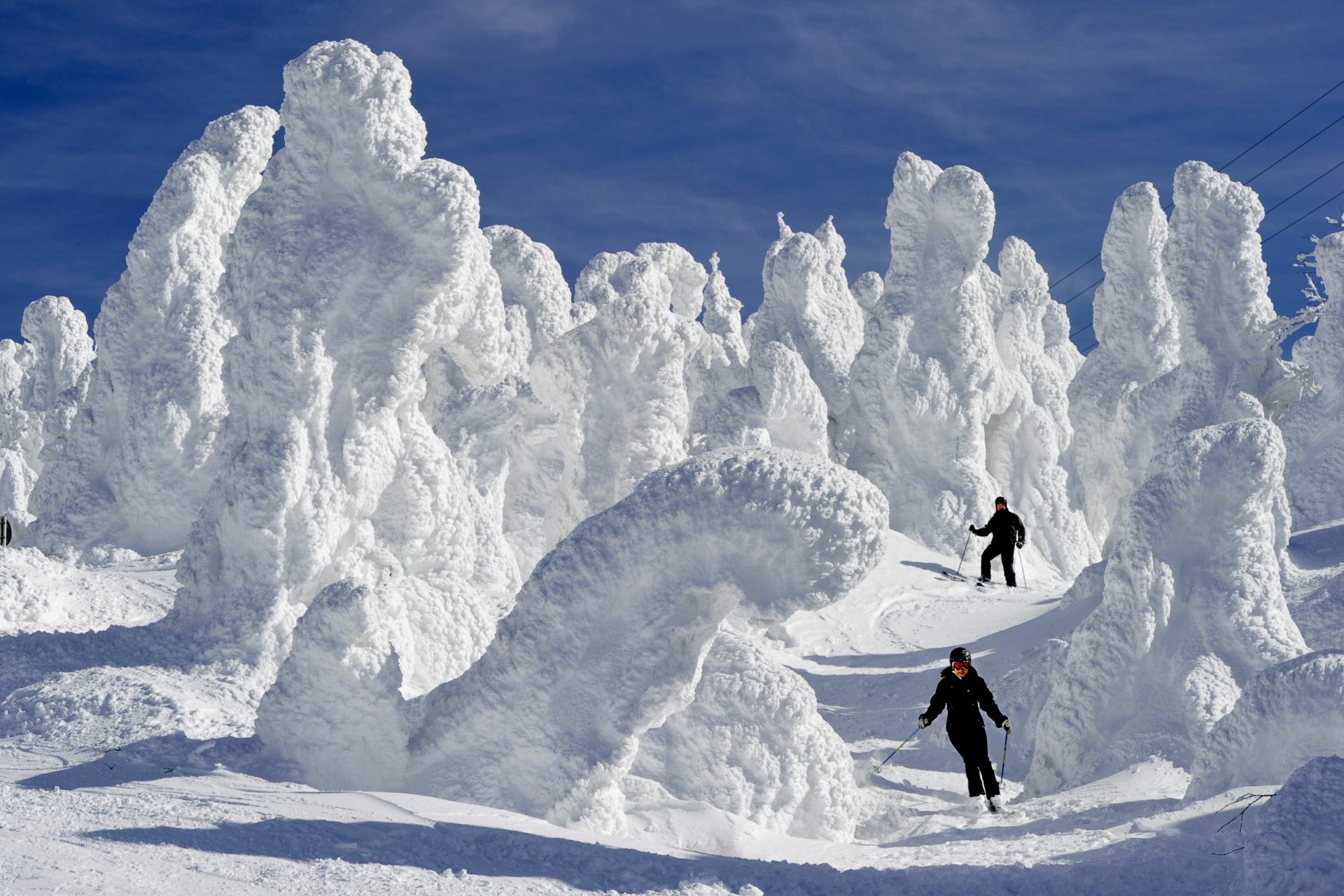Beaches that light up as if by magic
At night, when the city lights dim, in some areas of the world and at certain times of the year, the ocean becomes the scene of a breathtaking show. It seems incredible, but the image you see is not manmade. It is simply nature expressing itself to the fullest. But where can we admire this amazing phenomenon? And how can we explain it?
(Photo taken in South Ponto Beach, Carlsbad-California)
There are several places in the world where it is possible to witness this phenomenon, and some of them are not even that remote. In fact, a few of the beaches on this list are tourist destinations, where it is possible to spend a beautiful, relaxing vacation and enjoy a unique show.
These gorgeous beaches are mostly found in the Maldives, in Japan or on the coast of the United States. Hermosa Beach in California can be seen in the picture, and it is a jaw-dropping sight.
In Encinitas (United States), it is possible to admire the magical, luminescent sea. In this dreamlike environment, we can even go surfing.
San Diego County (United States) is known for its beautiful beaches, parks and temperate climate. What is not so well known is that at night, it is possible to walk along those beaches and be dazzled by the ocean's brilliant blue light.
The Japanese city of Okayama is the capital of the 'Land of Sunshine'. Additionally, it is world-famous for 'Crow Castle' and the wonderful gardens of Korakuen. Less well known is its coastline, despite the amazing phenomenon that can be witnessed there. At sunset, the coast turns electric blue. Accessible by plane or by bullet train from Osaka or Tokyo, it's definitely worth a visit.
Located between the Chinese coast and the Korean peninsula, the Yellow Sea gets its name from the sand particles that give the water a yellow hue. Sometimes, however, the yellow is replaced with electric blue, as can be seen in this photo, to create a truly amazing spectacle.
In this picture of the Yellow Sea, we can also see that the light show and the contours of the rocks are really impressive.
Even in Dalian, a city overlooking the Bohai Sea, it is possible to witness the spectacular blue waves crashing against the rocks.
This stunning photo was taken at Southerndown beach in 2019. The mist makes the view even more impressive.
Just two hours from Sydney, Jervis Bay is one of Australia's most sought after seaside destinations. Tourists are drawn to its white beaches and marvels of nature.
An image to take your breath away. On this occasion, the electric blue of the sea contrasts with the northern lights.
Other countries where you can see this spectacle of nature are Thailand, Vietnam, Puerto Rico and Jamaica. For Europeans, it's best to head to La Coruña in Spain.
This wonder of nature is due to energy, in particular the ability of some organisms to transform the energy of their bodies into light.
Light is the engine of life on our planet, but for some organisms, light represents much more.
Just think of fireflies. What allows this species to light up is a phenomenon called bioluminescence, a chemical process that allows some molecules to move very fast and produce energy, which in turn is transformed into light (without producing heat, as happens with electric energy).
This transformation is repeated in infinite variations in many other animal species. The number of bioluminescent species known to man is very high and the sea is the habitat of most of them. In fact, there are many species of fish, cephalopods (such as wedgefish and squid), and cnidarians (such as jellyfish and corals) that have this ability.
Different animals use this type of light for different reasons. Fireflies, for example, use it for reproductive purposes, while octopuses, on the other hand, use it to scare off predators. Other animals use it to attract prey.
The blue waves we have seen in this gallery are caused by bioluminescence, and specifically by the bioluminescence of plankton. Some seas are particularly rich in phytoplankton and, under the right conditions and when pushed by waves, they emit this cold and hypnotic blue light.






























